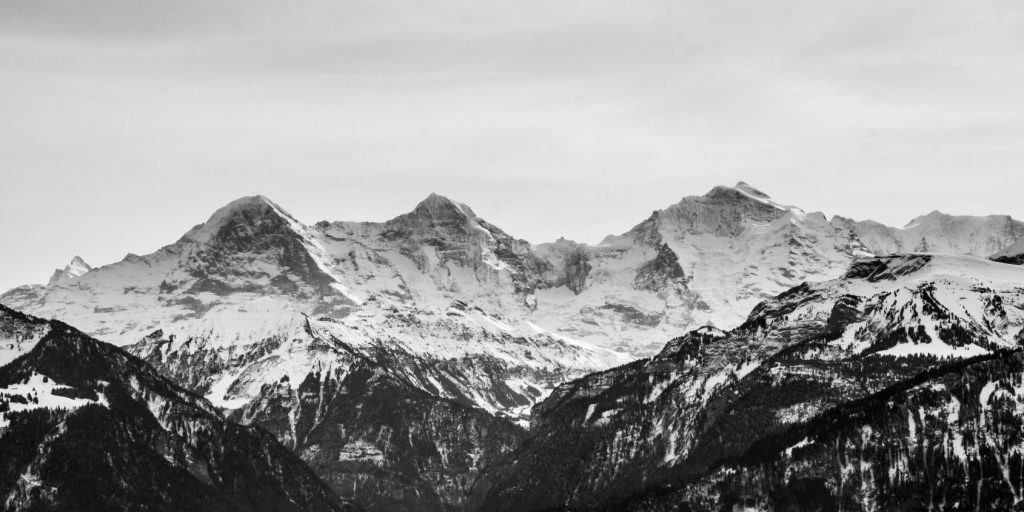Cavu Energy drills 2.8% CuEq over 15.27 metres at Hopper project, Yukon

Cavu Energy Metals Corp. [CAVU-CSE; CAVVF-OTC] reported results of the first four diamond drill holes from its exploration program on the 70%-optioned Hopper porphyry/skarn copper-gold project in southern Yukon. Access is by road, 180 km northwest of Whitehorse via the paved Alaska Highway, followed by the gravel Aishihik Lake road, which extends along the western property boundary. The Hopper project is located in the traditional territory of the Champagne and Aishihik first nations.
Highlights include drill hyole HOP22-DDH-03 that returned 15.27 metres at 2.80% CuEq (copper equivalent) from 62.23 metres, the best high-grade intersect ever drilled in the Copper Castle skarn zone, extending high grade mineralization in horizon No. 1 to the north by 50 metres. HOP22-DDH-02 returned 16.52 metres at 1.27% CuEq from 107.02 metres, the longest intercept grading over 1% CuEq obtained to date from horizon No. 2 of the Copper Castle zone.
High-grade mineralization in horizon No. 1 is now known to occur over 300 metres north-south and 200 metres east-west and remains open to the north and south by several hundred metres
“These holes, especially HOP22-DDH-03, returned excellent grades,” stated Dr. Jaap Verbaas, CEO. “The holes prove again that mineralization occurs over a large area and that the skarn horizons, at different depths, contain high-grade mineralization. The new intersect in hole HOP22-DDH-03 is 100 metres north of the previously encountered best intercept on the project and shows the potential for expanding this high-grade horizon to the north and west. Copper Castle remains open further to the south, beyond the holes drilled by Cavu in 2021. Past drill programs have intersected copper, gold and silver mineralization in deeper horizons up to 950m northwest of hole HOP22-DDH-03, highlighting the extent of this system.”
Hole HOP22-DDH-01 was collared on the eastern edge of a geophysical EM anomaly (Fig. 1) that is associated with massive magnetite and copper-iron sulphides in the skarn. The hole intercepted a single skarn horizon that yielded 0.731% copper, 1.37 g/t gold and 5.5 g/t silver over 91cm from 69.50m before it had to be abandoned at 104m due to ground conditions. Hole HOP22-DDH01B was collared from the same pad as HOP22-DDH-01 and drilled at a steeper grade. The hole intercepted 8 skarn horizons ranging from 1 to 6.99 metres thick and grading up to 1.59% CuEq.
Hole HOP22-DDH-02 intersected 16.52 metres at 1.27% CuEq from 107.02 metres in what is modeled as skarn horizon No. 2. This is the first time that horizon No. 2 intersected meaningful grades of copper over a significant intercept and indicates the potential for this horizon to also host significant mineralization. The hole was collared in between two 2011 drill holes to test the continuity of high-grade horizon No. 1 around 70 metres depth. Horizon No. 1 was not intercepted because an unmineralized intrusive dyke was cut where the prospective skarn horizon was expected.
Hole HOP22-DDH-03 intersected the richest part of skarn horizon No. 1 drilled to date, grading 15.27 metres at 2.80% CuEq, and is the northernmost hole drilled into the centre of the targeted geophysical anomaly. It was collared 50 metres west of HOP22-DDH-01. The results of HOP22-DDH-01 and HOP22-DDH-03 together indicate the skarn system exhibits metal zonation and the copper content increases from east to west. These holes imply the eastern extent of the shallowest high-grade copper-bearing skarn has been reached, but also show that there are more horizons at depth, as indicated by 1.59% CuEq over 3.95m from 182.37m in HOP22-DDH-01B. The Company used high-power UV core photography this season to photograph all historic core to assist with vectoring towards these higher-grade deeper horizons.
